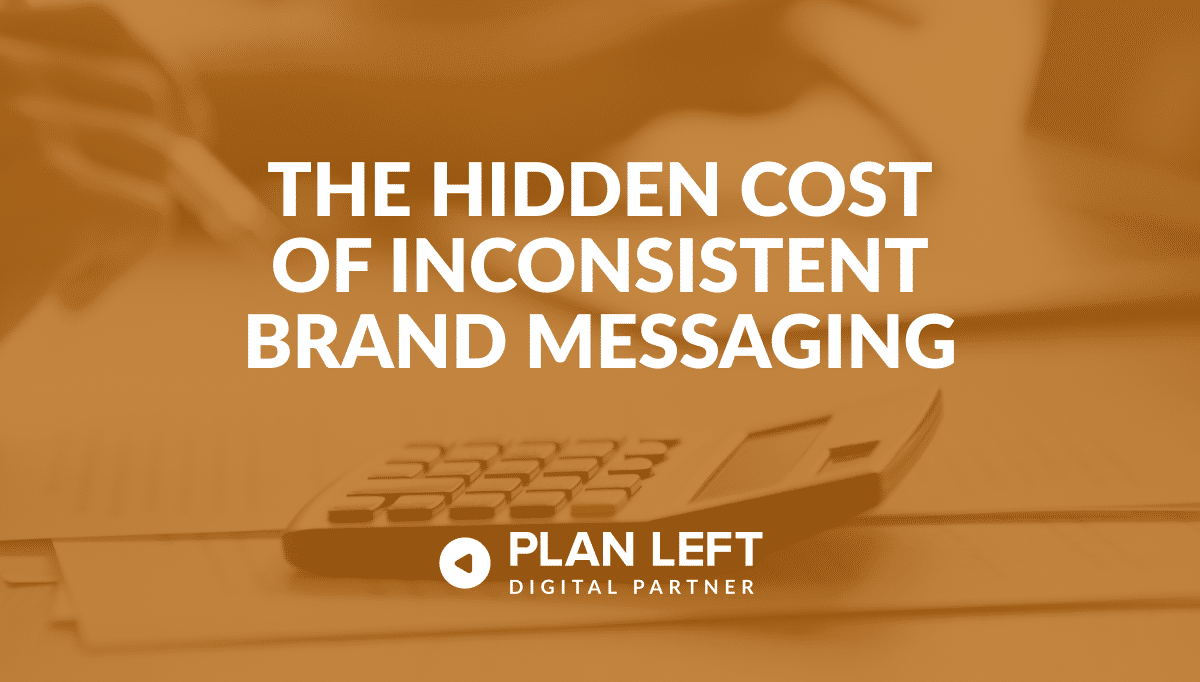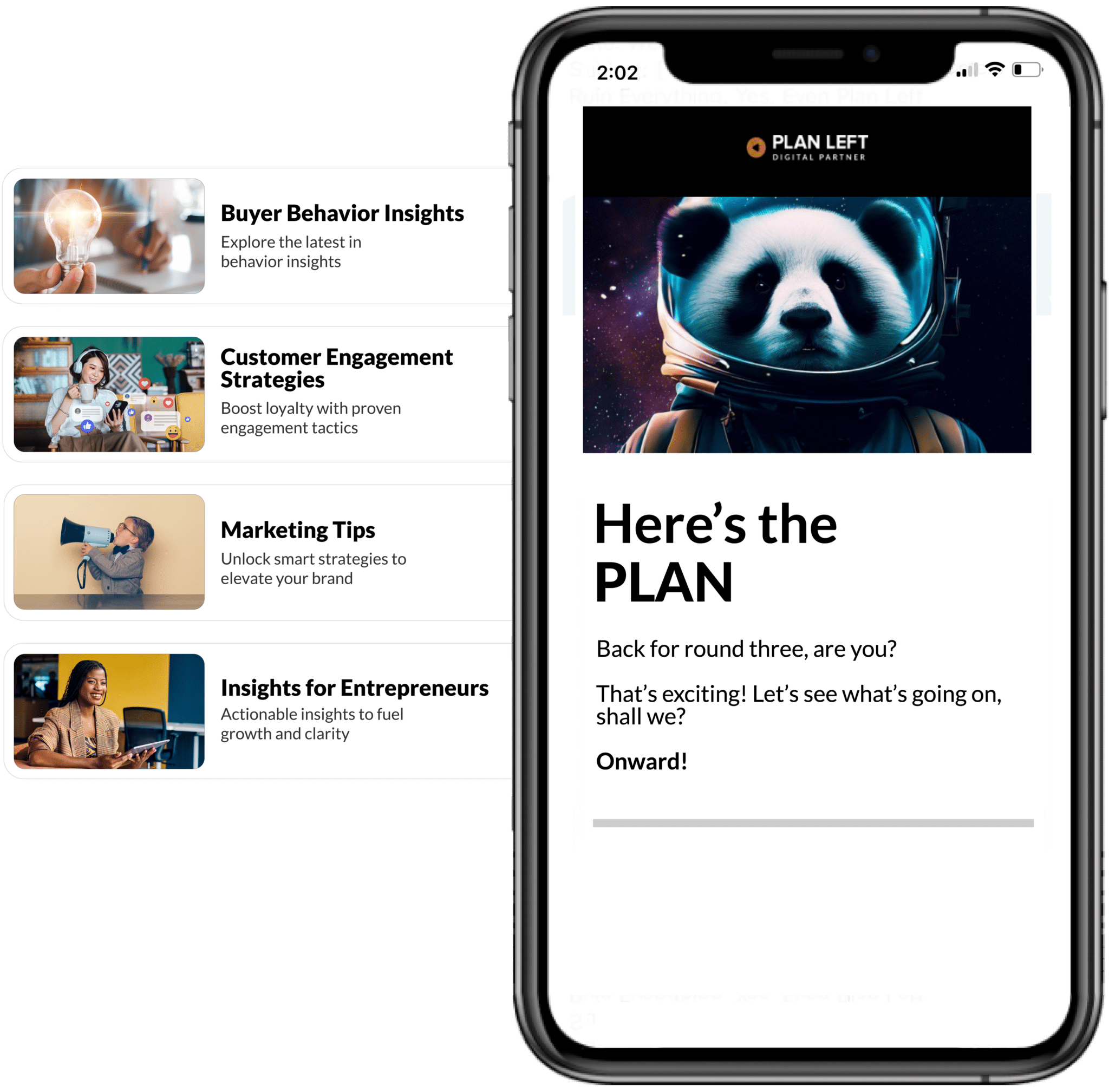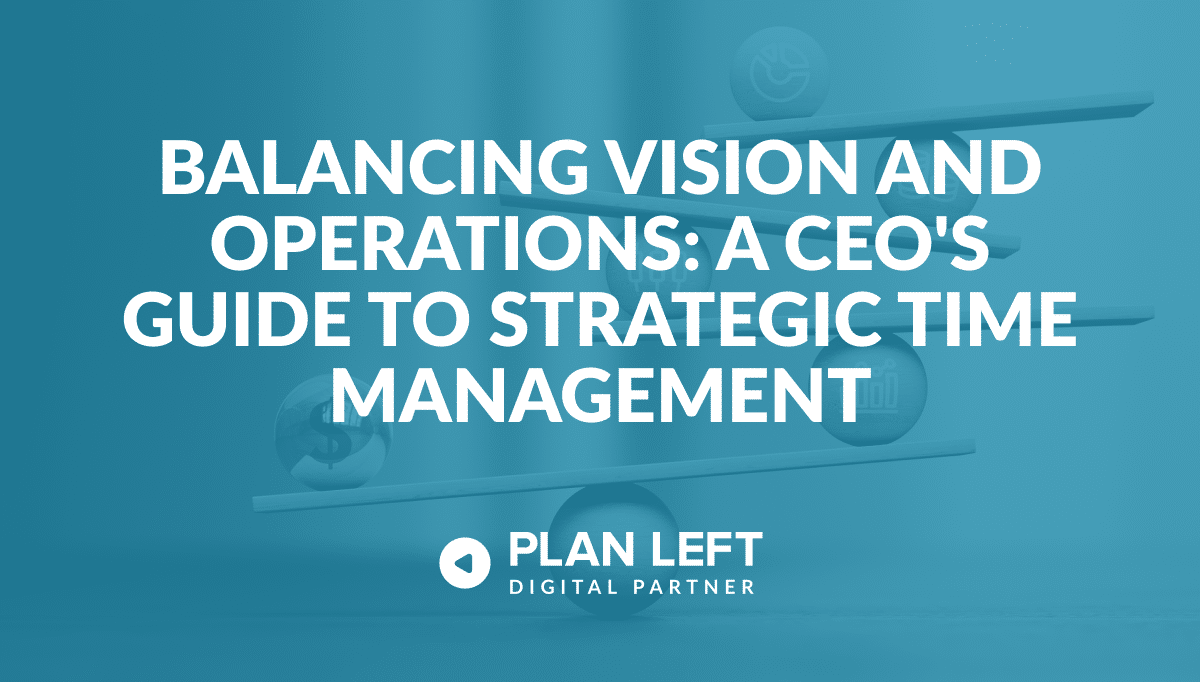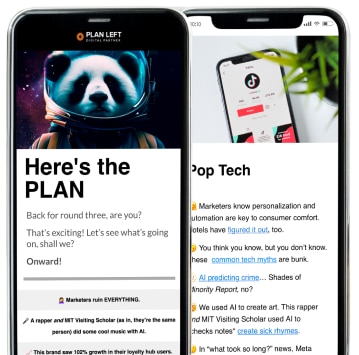
Your marketing team launches a sophisticated LinkedIn campaign emphasizing innovation and cutting-edge solutions. Meanwhile, your sales team pitches reliability and proven methods to prospects. Your customer service responds with casual, friendly language while your website copy maintains a formal, corporate tone. Each touchpoint tells a different story about who you are as a company.
This scenario plays out in countless organizations every day, creating a web of mixed signals that slowly but steadily undermines everything you’ve worked to build. While individual communications might seem effective in isolation, the cumulative effect of inconsistent brand messaging creates a hidden drain on your business performance that most companies never fully recognize or quantify.
The Anatomy of Brand Messaging Inconsistency
Identifying Communication Misalignment
Brand messaging inconsistency rarely happens overnight. It develops gradually as organizations grow, add new team members, launch new products, or expand into different markets. The most common types of inconsistencies occur across tone and voice, value propositions, visual identity, and channel-specific messaging approaches.
These misalignments often stem from departmental silos where marketing, sales, customer service, and leadership operate with different understandings of the brand identity, creating conflicting narratives that confuse potential customers about your core value proposition.
The problem compounds over time as teams develop their own communication styles and preferences. What starts as minor variations in messaging can evolve into completely different brand personalities depending on where customers encounter your company.
Without clear brand guidelines and regular alignment checks, these inconsistencies become embedded in your organizational culture and customer-facing communications.
Financial Implications of Mixed Messaging
Calculating the Invisible Costs
The financial impact of inconsistent brand messaging extends far beyond simple marketing inefficiency. When customers receive conflicting messages about your brand, it creates friction in their decision-making process that directly affects your bottom line through reduced conversion rates, longer sales cycles, and decreased customer lifetime value.
Consider the customer acquisition costs when prospects need multiple touchpoints to understand your value proposition because previous interactions sent mixed signals. Marketing qualified leads may stall in the sales process when the handoff between teams involves a jarring shift in messaging or positioning. This confusion translates directly into lower conversion rates and higher customer acquisition expenses.
The retention implications are equally significant. Customers who experience inconsistent messaging throughout their journey develop lower trust levels and reduced brand loyalty. They’re more likely to churn when competitors present clearer, more consistent value propositions. The cost of replacing these customers compounds the initial acquisition investment lost to messaging inconsistency.
Brand trust erosion metrics reveal the long-term financial consequences. When customers can’t predict what to expect from your brand, they’re less likely to make repeat purchases, refer others, or pay premium prices. This erodes customer lifetime value and reduces the organic growth that comes from strong brand advocacy.
Psychological Impact on Customer Perception
Trust Breakdown in Brand Communication
The human brain seeks patterns and consistency to make sense of the world. When customers encounter conflicting brand messages, it creates cognitive dissonance that triggers uncertainty and skepticism. This psychological response operates below conscious awareness but significantly influences purchasing decisions and brand perception.
Inconsistent messaging affects customer confidence by making your organization appear disorganized or unreliable. If a company can’t maintain consistent communication about its own identity and values, customers naturally question its ability to deliver consistent products or services. This doubt creates hesitation at crucial decision points throughout the customer journey.
The cognitive dissonance created by mixed brand messages forces customers to work harder to understand your value proposition. In an attention-scarce environment, this additional mental effort often results in prospects simply moving on to competitors who present clearer, more consistent messaging. The psychological principle of cognitive ease suggests that people prefer brands that require less mental processing to understand and trust.
Long-term reputational damage occurs when inconsistent messaging becomes associated with your brand identity. Word-of-mouth referrals may include caveats about your company being “hard to pin down” or “unclear about what they do.” These subtle reputation impacts create ongoing challenges for marketing and sales efforts, requiring additional resources to overcome negative preconceptions.
Charting Your Messaging Transformation
Building brand consistency requires a systematic approach that starts with documenting your core brand identity and extends through every customer touchpoint. The foundation involves clearly defining your brand voice, values, and key messaging pillars that should remain consistent across all communications while allowing for appropriate channel-specific adaptations.
Immediate actions to align brand communication include conducting a comprehensive audit of existing materials, creating detailed brand guidelines that address tone, messaging, and visual consistency, and implementing approval processes that ensure new content aligns with established standards. Regular team training and cross-departmental collaboration sessions help maintain alignment as your organization evolves.
The most transformative approach to brand messaging involves treating consistency as a strategic advantage rather than a constraint. When every touchpoint reinforces the same core message, your marketing efficiency improves dramatically. Customers develop stronger brand recognition, trust builds more quickly, and your team can focus on optimizing proven messages rather than constantly creating new ones.
Successful messaging transformation requires leadership commitment to consistency over convenience. It means saying no to communications that don’t align with your brand identity, even when they might seem appealing in isolation. This disciplined approach creates compound benefits as consistent messaging amplifies itself across all channels and touchpoints.
Explore Latest Posts
The constant tug-of-war between strategic vision and operational demands defines the modern CEO experience. While your company's future depends on ... read more
December 4, 2025
Your revolutionary product could change industries, but if you can't explain it clearly, it might never reach the people who ... read more
December 2, 2025
The war for tech talent has never been more intense. While established giants throw around seven-figure compensation packages and startups ... read more
November 27, 2025
Essential Strategies for Entrepreneurs
Get Actionable Business Insights & Marketing Tips
Our newsletter delivers real-world strategies from entrepreneurs who’ve been exactly where you are.
Sign up now for:
- Actionable growth strategies that work
- Insider tactics for attracting top talent
- Real-world case studies from successful founders
- Emerging tech trends that drive innovation
- Pragmatic marketing approaches for visionary leaders




